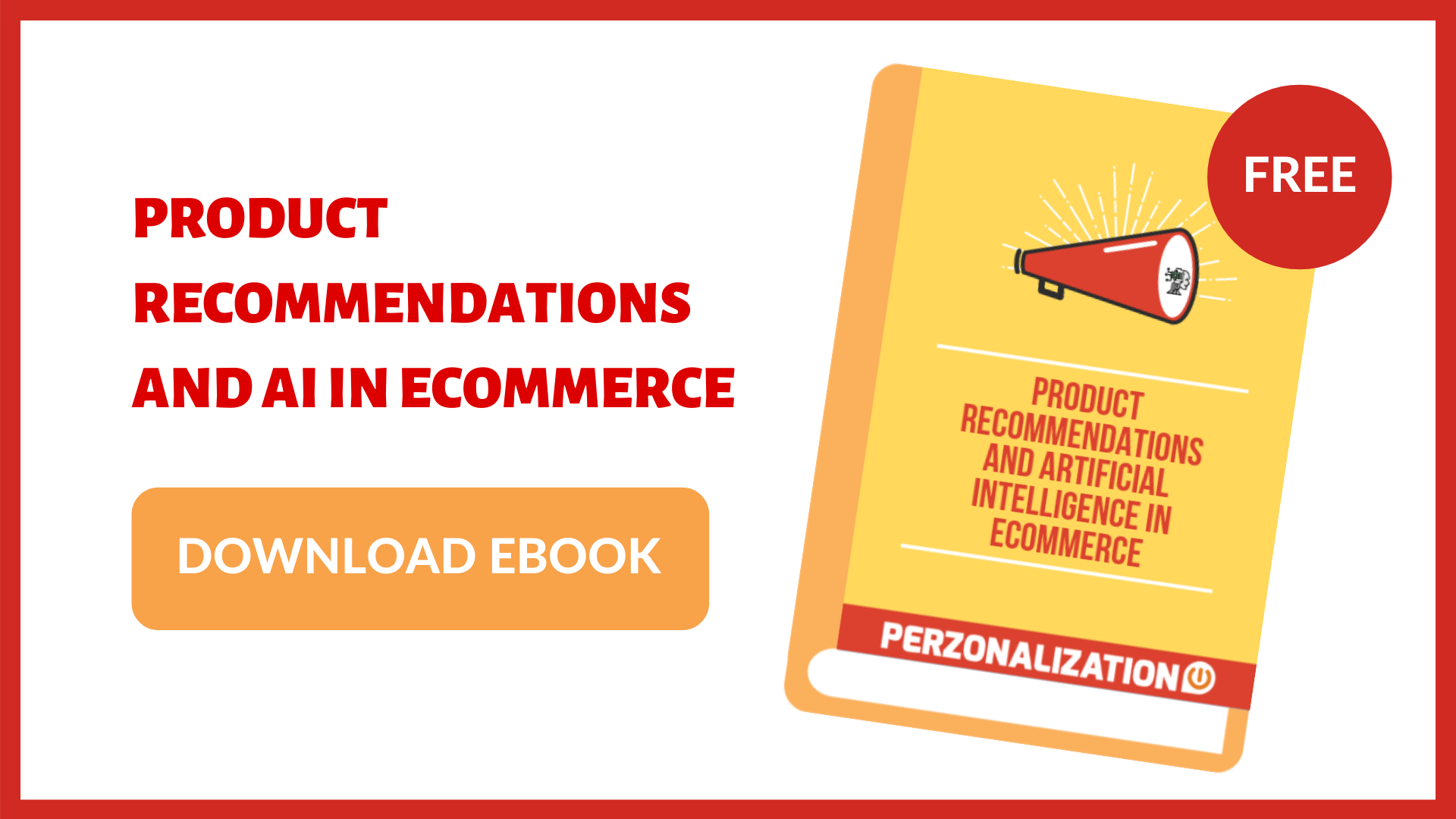Cross Selling : A Guide for eCommerce
Imagine yourself in a candy store; shelves full of colourful candies, all inviting you to take a bite. Whether you are a kid or an adult, the candy store shopping experience is one of a kind, right? For the sales guy in the candy store, chances of cross selling his products is limited to the ‘fullness of the stomach of the shopper’. Candy is an impulse buying product and you could always have room for the second or even the third candy. But when the product is a medium to high priced item, it gets hard to cross sell to a shopper who has already spent a few bucks on a recently purchased item. For online store owners or the eCommerce executives, cross selling is both an art and a science. In the physical retail environment, most of the cross selling happens with the help of the sales rep but online store environment lacks this important figure. This in turn makes the eCommerce person turn to marketing technology and his/her own senses in order to come up with successful cross selling techniques.
Download our free guide and learn how personalized product recommendations can boost your sales.
Let’s break down the aspects of a successful cross selling offer:
- Knowing what the shopper is about to purchase
- Understanding his/her needs
- Having a sense of shopper’s price elasticity level
- Knowing about complementary items (i.e. A goes well with B, C is a cross selling item for D)
A talented sales rep can easily process this piece of information and turn it into a good cross selling offering. When it comes to online shopping, the process gets harder. There is no sales rep or a F2F customer contact. At this point, real time data analysis coupled with human intelligence could as well translate into cross sales. When a visitor views a certain product page, the process starts. That particular product certainly has a cross selling item and it’s for the ‘engine’ to decide which products out of this cross selling portfolio go well with the viewed item.
Real time data analysis coupled with human intelligence can bring cross sales
The engine uses clickstream data and transactional information to make this predictive decision. If the visitor has viewed items from a certain price range (or has bought certain products, before) this may be used as an indication of that visitor’s price elasticity level. If the user has bought certain brands, this information finds its way in the ‘predictive personalization algorithm’. If the ‘human knowledge’ also supports the algorithm as to which categories are complementary, then the cross selling offer can be improved. By this way, the art and science is combined to develop a successful cross offer on eCommerce sites.
Curious to learn more? Take a look at related posts!
- Product Recommendation Engines: 10 Reasons Why You Should Get One for Your Webshop
- Announcing Our Latest Feature: Rule Based Product Recommendations
- Product Recommendation and Artificial Intelligence in eCommerce
- 18X GROWTH IN RECOMMENDATION REVENUES: SUCCESS STORY OF MORHIPO.COM
- Tips For Personalized Product Recommendations in eCommerce
- How To Use Product Recommendations On Web?
- A Close Look at Product Recommendations

